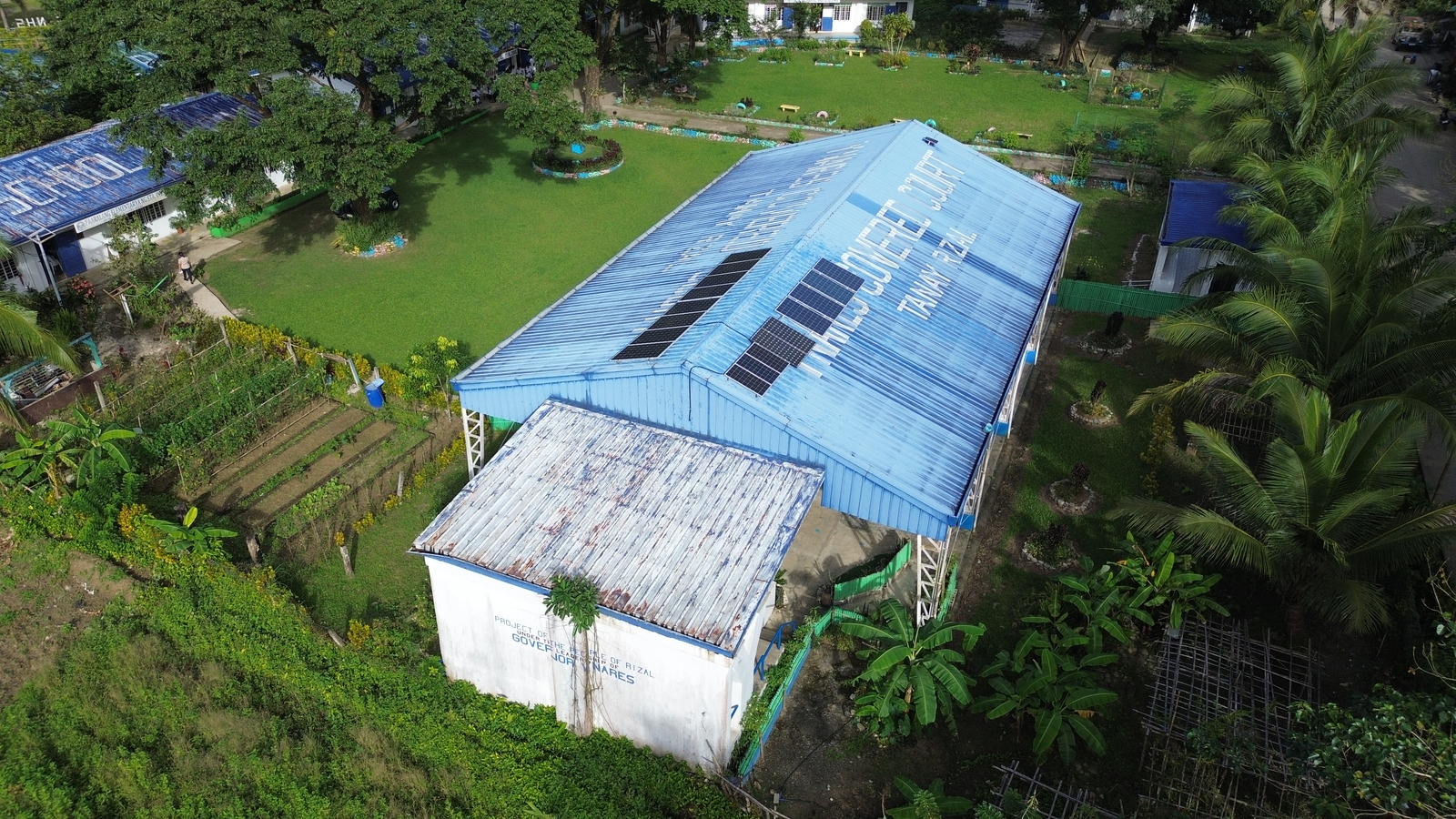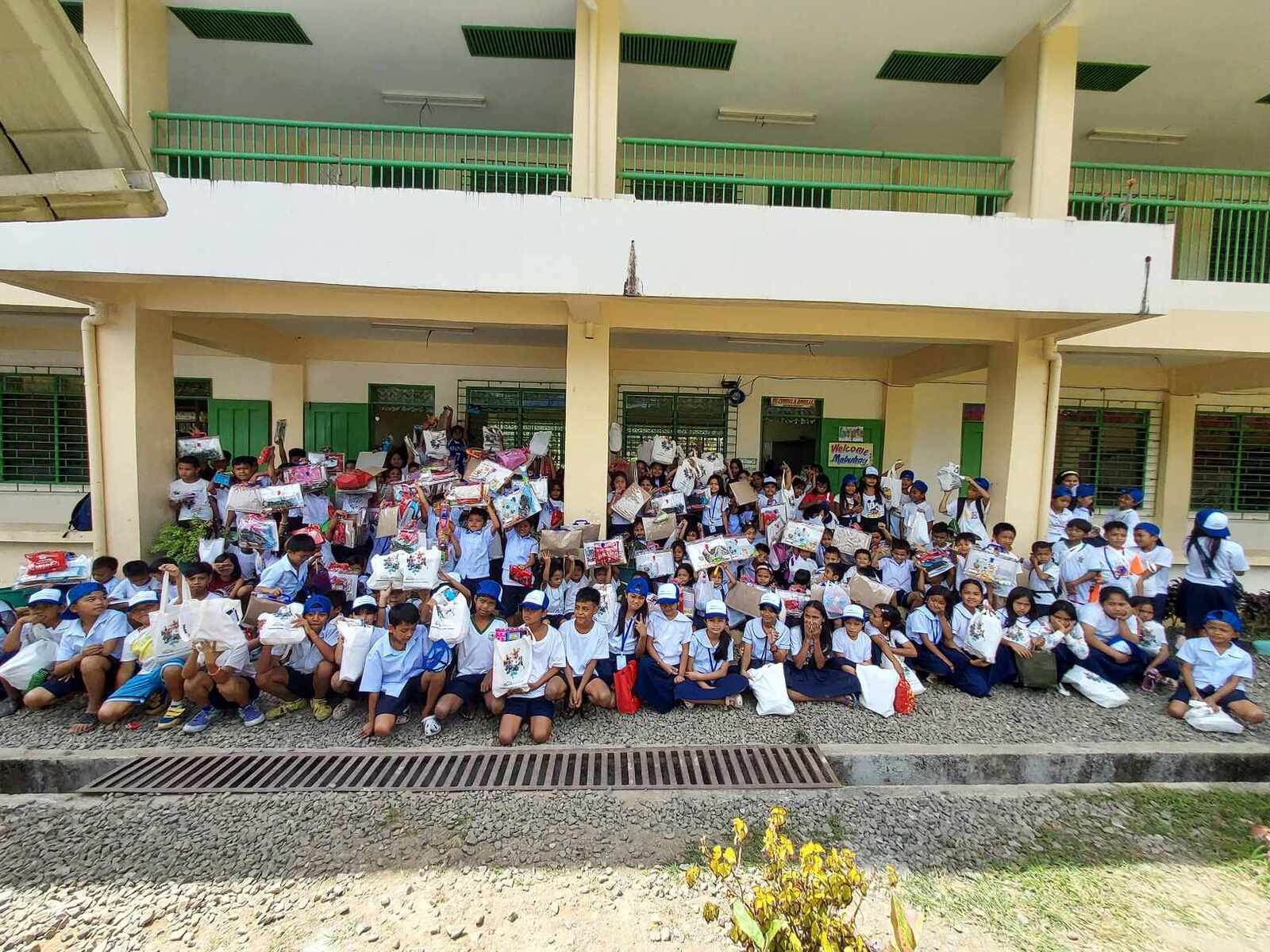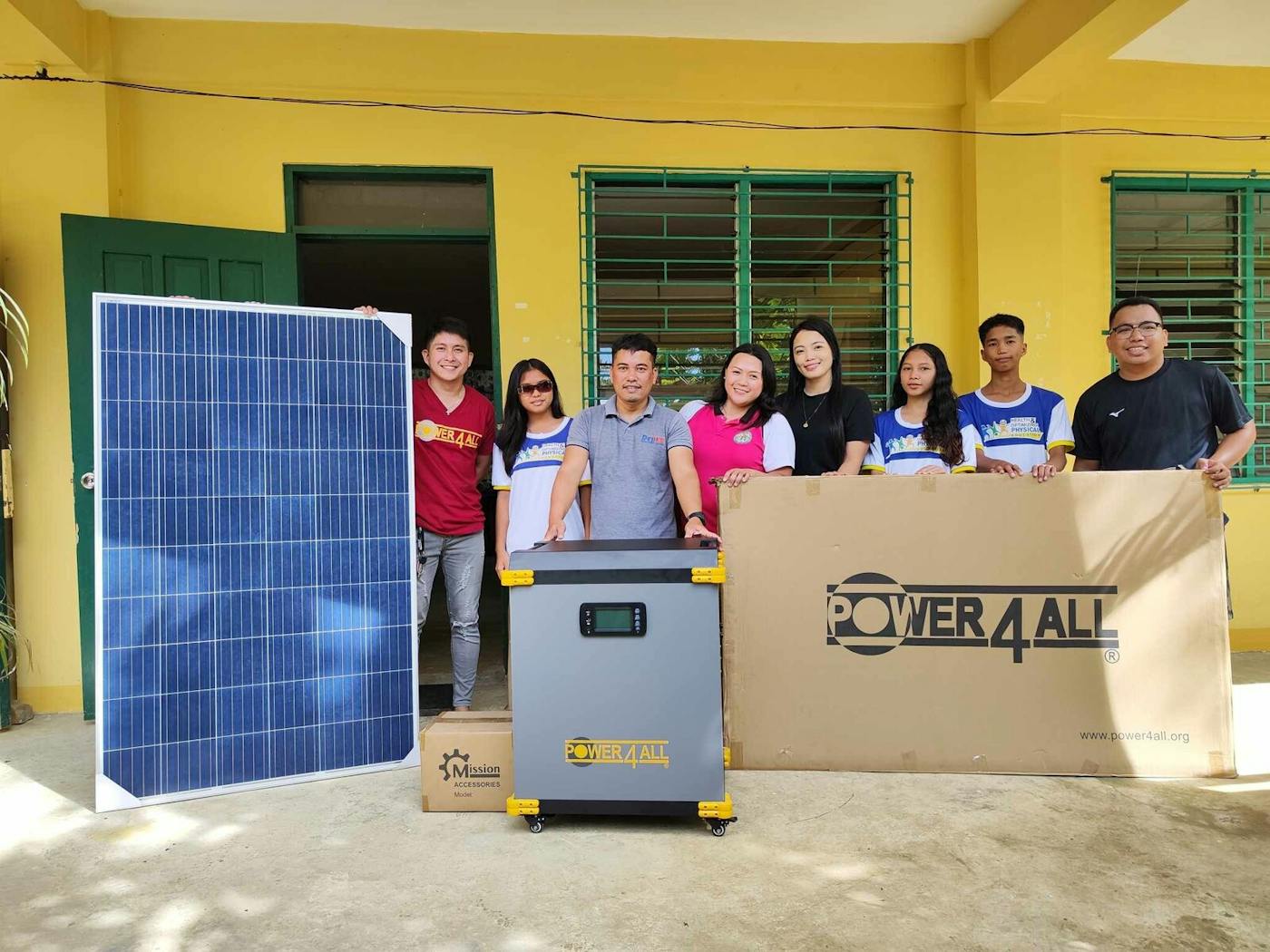Lighting Off-grid Schools and Indigenous Communities in Tanay with Solar Energy
- Renewable Energy
- Renewable Power
- Solar Photovoltaic
- Social Justice
- Sustainable Livelihoods
- Education & Awareness
- Community Action
- Southeast Asian Forests
- Indomalaya Realm
| Bioregion | Philippines & Sulu Sea Tropical Forests (IM15) |
| Category | Energy Transition Our project categories represent one of three core solutions pathways to solving climate change. Energy Transition focuses on renewable energy access and energy efficiency. Nature Conservation includes wildlife habitat protection and ecosystem restoration, as well as Indigenous land rights. Regenerative Agriculture supports farmers, ranchers, and community agriculture. |
| Realm | Indomalaya The Project Marketplace is organized by the major terrestrial realms divided into 14 biogeographical regions – N. America, Subarctic America, C. America, S. America, Afrotropics, Indomalaya, Australasia, Oceania, Antarctica, and the Palearctic realm, which coincides with Eurasia and is divided into Subarctic, Western, Central, Eastern, and Southern regions. |
| Partner | SOLAR Hope |
The One Earth’s Project Marketplace funds on-the-ground climate solutions that are key to solving the climate crisis through three pillars of collective action — renewable energy, nature conservation, and regenerative agriculture. This project provides solar panels to help in-need communities and schools transition to clean, sustainable power.
This inspiring project from Solar Hope will provide solar panels to four schools in Tanay, Rizal, Philippines, to improve the learning experience of the children of the future. These off-the-grid Indigenous communities are nested within tropical forest mountains (Dumagats) that are protected by local people.
Overcoming geographic and environmental challenges
When Solar Hope arrived in the Indigenous ecoregion of Tanay six years ago, communities relied on kerosene lamps, car batteries, and generators for their electricity. To get to the nearest town for fuel supply, young community members would cross 10-15 rivers or trek for 2–3 hours, perpetuating the dependency on fossil fuels.

Installation of solar for school classrooms. Image Credit: Solar Hope.
Transforming energy access in Tanay
So far, Solar Hope has focused on households and micro-enterprises. After great success in lighting more than 3,000 homes with solar energy, they have recently shifted to providing this technology to communal facilities, starting with schools.
Sometimes children have no light and just use candles or kerosene lamps. Sometimes, they cannot even see each other in the house. Children find it hard to study in these conditions. — Brian Celajes, Dumagat Teacher, back in 2021, before Solar Hope brought in solar panels

Dumagat students, recipients of donations. Image Credit: Solar Hope.
The environmental and educational benefits of switching to solar power
To accommodate the school's electricity use for lighting, fans, laptops, and TVs, school installations require off-grid PV solar systems ranging from 500W to 1,500W. This will support the students and teachers in their digital education and establishing their information and communication technology.
A 1,000 W off-grid PV solar system is equivalent to around 10,000 kg of CO2 emissions avoided in ten years, which is equivalent to what 500 trees can absorb in the same ten years.
Now is the time for children and teachers to benefit from stable energy provided by the sun through Solar Hope's initiatives, technology, and technical support system. The future will surely be brighter with solar energy as the sun shines brighter.

